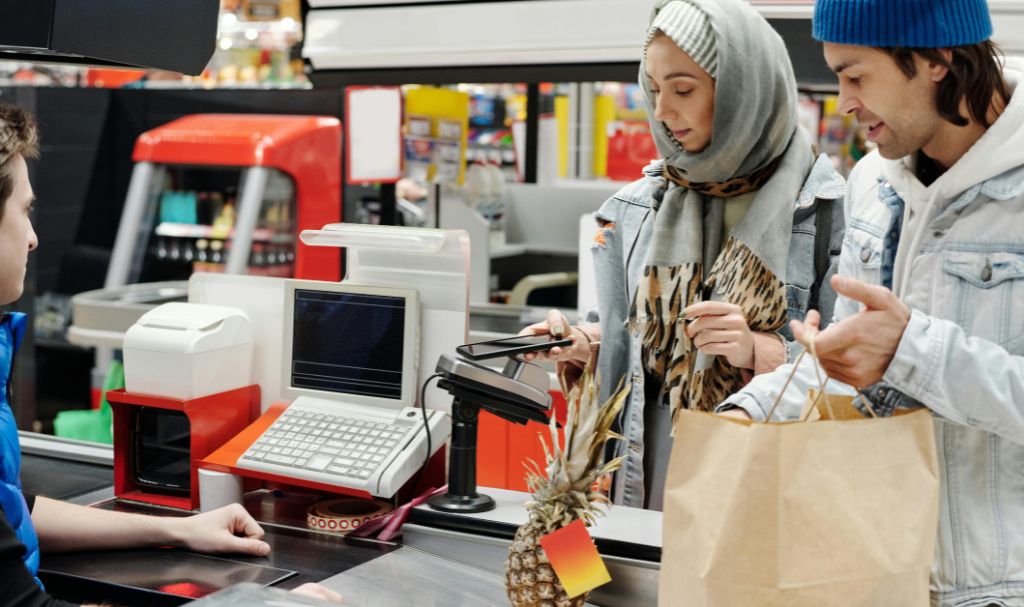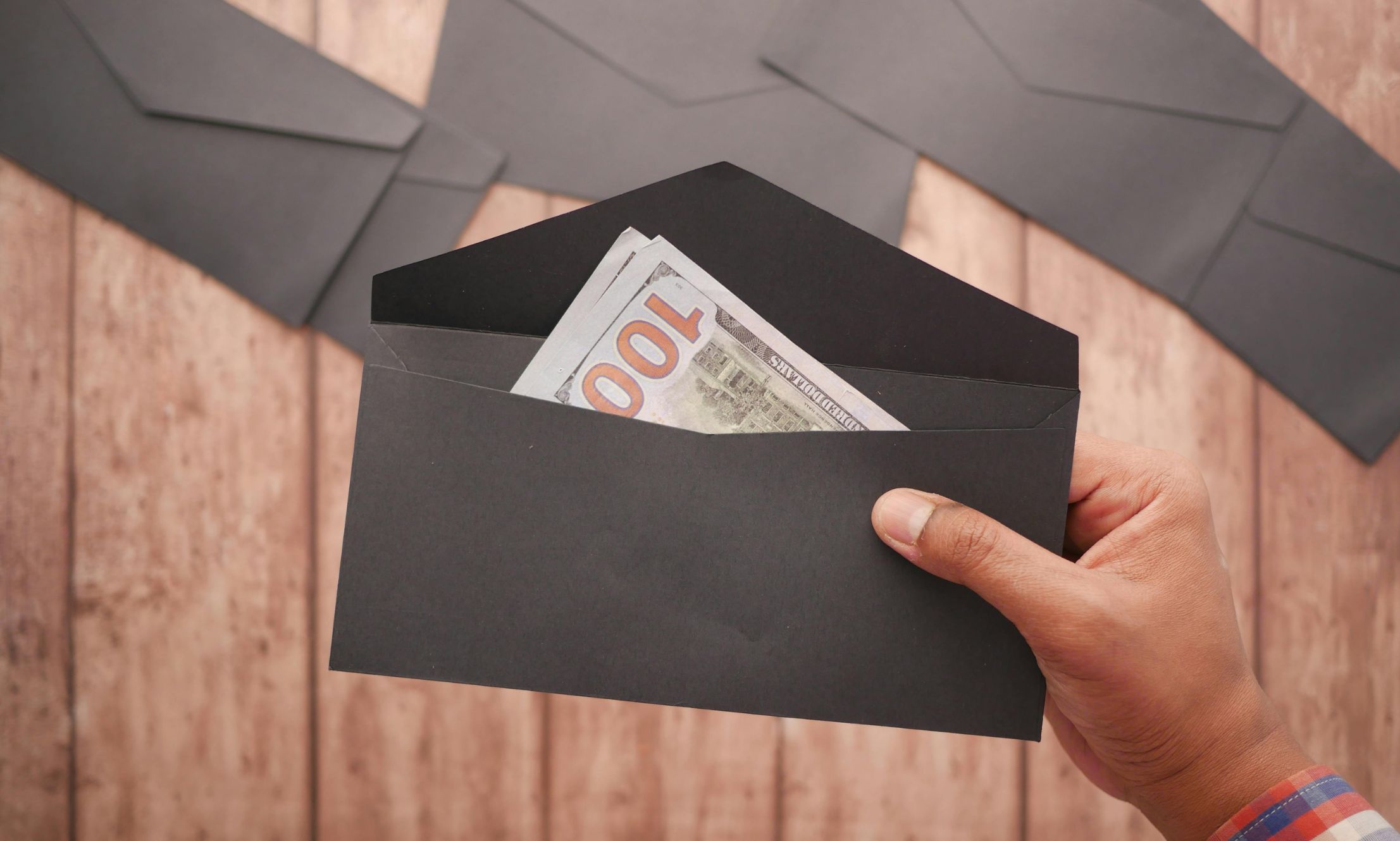Real Estate Link Building That Actually Works: Earn Local Authority, Rankings, and Better Leads Without Spam
Dec 10, 2025

Dec 10, 2025

Dec 10, 2025

Dec 09, 2025

Dec 09, 2025

Dec 05, 2025

Dec 05, 2025

Dec 04, 2025

Dec 04, 2025
Sorry, but nothing matched your search "". Please try again with some different keywords.


Cashback rewards have become a first-choice tactic among price-conscious consumers wanting to get more out of their spending.
Cashback rewards include a simple and effective motivator whereby a percentage of your expenditure is credited back to you. Offsetting the cost of your purchases.
When shopping is easy, it becomes an exercise in utilitarianism with quantifiable returns, and being a consumer becomes much more rewarding.
Credit card issuers and merchants offer cashback rewards to facilitate customer loyalty and bring financial comfort.

The cashback rewards are kept simple and within reach, even for novices who utilize credit cards or loyalty plans. Customers tend to earn through a percentage of their spending provided back to them, 1% to 5%.
According to Bankrate, this “cash back” can typically be redeemed in many ways—such as statement credits, reducing your balance, deposits into your bank, checks, or even gift cards with additional value.
Some credit cards also allow rewards to be used against travel purchases or charitable donations. Giving the rewards program even more flexibility.
It is important to note that not every cashback program is the same. Some cards offer a fixed rate on all purchases. Others have dynamic categories with higher rewards on specific months, like spring food stores or summer gas stations. Tiered ones reward more from higher spending on certain categories. It is imperative to know the differences to maximize benefits.
Neglecting to monitor shifting categories or spending levels can result in missed opportunities and lower-than-projected returns. Making it necessary to read the fine print and monitor usage patterns.
Few financial tools provide such a consistent and clear benefit as cashback rewards. Each qualifying purchase effectively discounts your expenditure, converting day-to-day spending into an opportunity to save.
This is particularly helpful for day-to-day expenses like gasoline, food, and electricity bills, which could be a sizeable part of a household’s monthly expenditures.
Cumulatively, the impact of these savings in the long run can amount to hundreds, or even thousands, of dollars a year. Which can be used to pay off debts, save more money, or finance a holiday.
Families that use cashback reward cards regularly with the intention tend to save more overtime. These programs reward you for what you will already be spending money on.
Giving a passive method to improve financial outcomes. As noted in a Forbes column examining the psychology of rewards, cashback is successful because it is easy and gives an immediate reward.
Besides the tangible financial gains, cash-back rewards speak highly of consumer psychology. The psychological experience of getting something back for money spent makes it an enjoyable reinforcement loop.
The feedback mechanism rewards the purchasing process and can affect decision-making during purchase.
Small cashback is psychologically rewarding, making shoppers feel in greater control over their money and justified in their choices.
Also, this mental link between saving and spending may foster brand commitment and satisfaction with some financial services.
Consumers will feel smarter or more financially competent, supporting them in their cash-back cashbacks over other alternatives.
This orientation can be durable, leading to consumers sticking to specific brands or credit cards for a long period. Especially if those tools increase their sense of control over finance.
The presence of a rewards system can induce shoppers to go shopping with a more deliberate mindset. Instead of buying impulsively, users may begin timing their spending to overlap with promotional cycles or prefer vendors offering more rewards.
This behavior is apt to result in a more deliberative and frugal spending style As shoppers shop for the best value in terms of price and reward yield.
These tendencies accumulate over time to a broader sense of cost-consciousness regarding money. Consumers may shop for bargains, buy some goods across categories to get the best price, and avoid buying to earn points or rewards.
These tendencies influence brand selection and loyalty direction, personal finance behavior, and what consumers buy and consume as goods and services.
Therefore, cash-back programs create a new form of financial shrewdness, one that is preoccupied with achieving maximum everyday value.
Being thoughtful and proactive about how you utilize your program or card matters to maximize your return on cashback rewards.
Begin by reading the fine print—understand your card’s annual fees, reward levels per category, point or cash expiration period, and rotating categories or promotional periods.
Other times, the high yearly fees may be too much to balance out the potential profits from money back if your purchasing habits are out of sync with the design of the reward provided by the card.
Also, align your biggest and most frequent expenses—like groceries, gas, or subscription services—against the most lucrative categories. Use budgeting software or programs to track spending, search for trends, and employ a calendar or reminder system to stay ahead of rotating reward categories.
Cash out rewards regularly to avoid expiration or devaluation, and explore partnerships or bonus offers that could give you even more bang for your buck.
While rewarding, cash-back cashback sometimes can create counterproductive tendencies, i.e., overspending. The temptation of making money back may drive some consumers to engage in superfluous purchases on the belief of saving.
This may develop into greater credit card balances and interest, quickly negating all the benefits accrued from cash back. Remaining connected to your goals and needs is essential for evading this pitfall.
Do not let the temptation of cashback distract you from better and more important long-term financial priorities. Such as saving for a rainy day, paying off higher-interest debt, or investing.
With advances in technology within the finance arena, so are cash-back reward functions and capabilities. Integrated effortlessly with online platforms like mobile wallets, payment apps, and money management tools is becoming standard, enabling instant tracking and redemption of rewards.
These developments are raising the convenience factor for users and offering greater choices for tailored offers. Such as dynamic reward categories based on a user’s spending patterns.
In the cash-back category, customers will see more intuitive, seamless, and AI-driven experiences in the future.
An increase in personalized alerts, automated optimizations, and cross-platform redemption choices. Like redeeming cash back at the point of sale or via budgeting apps—marks a significant trend.
It is all in response to increased consumer need for ease and value, paving the way for a more user-focused and technologically driven rewards program future.
Nabamita Sinha loves to write about lifestyle and pop-culture. In her free time, she loves to watch movies and TV series and experiment with food. Her favorite niche topics are fashion, lifestyle, travel, and gossip content. Her style of writing is creative and quirky.
View all Posts
Real Estate Link Building That Actually Works...
Dec 10, 2025
Why Health-Conscious Consumers Choose Blockch...
Dec 10, 2025
How To Buy Xupikobzo987Model? Decoding The Mo...
Dec 09, 2025
Workplace Management EWMagWork: Is This Smar...
Dec 09, 2025
Social Media Stuff EmbedTree: Is This Digita...
Dec 05, 2025

